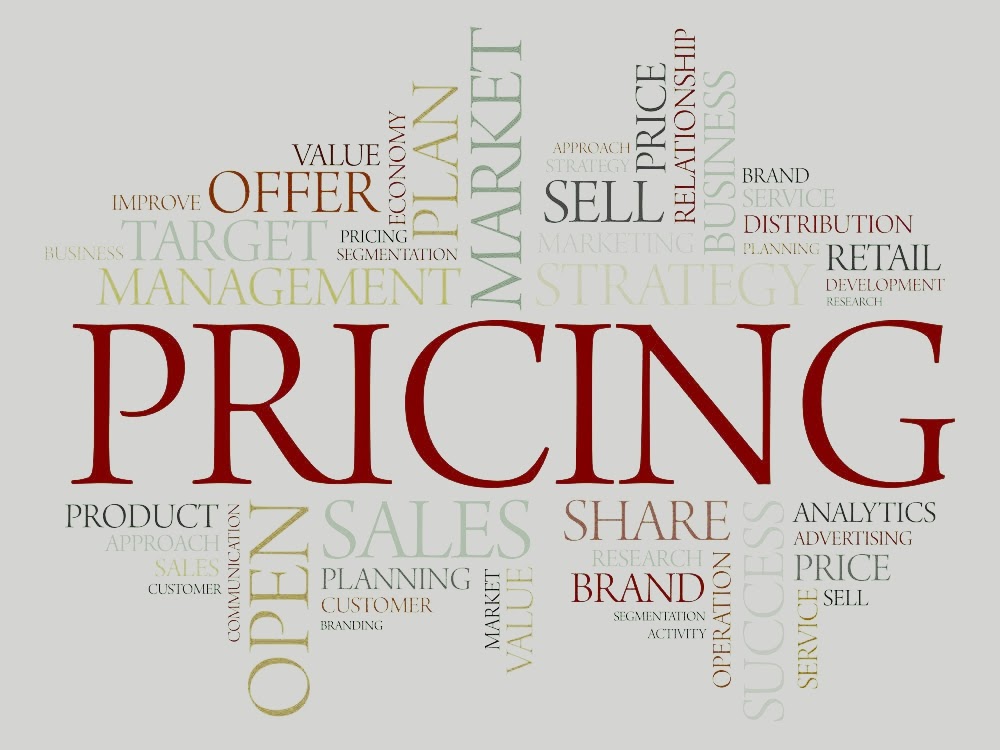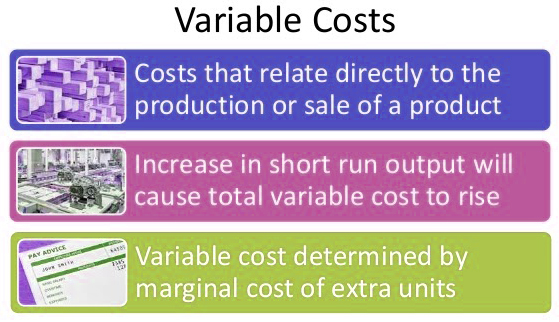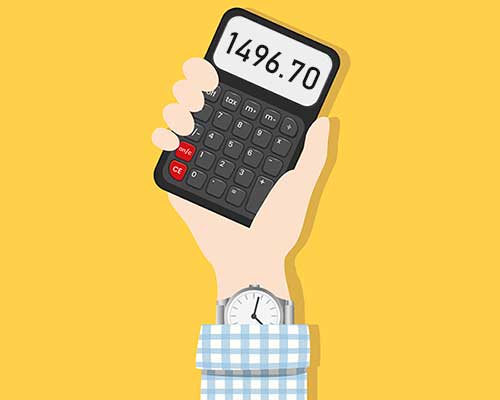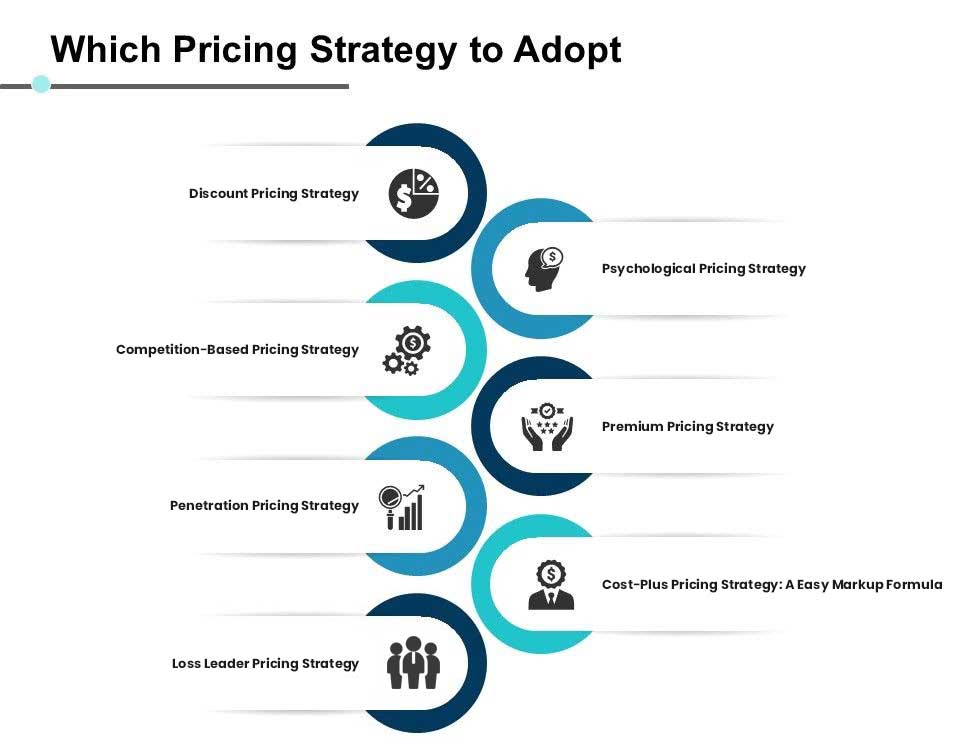How to Find the Perfect Price for Your Products Before Launching Your Store in Shopify
Aug 17, 2020 | 05 min read
1. Quickread
Setting prices for your products sometimes can be easy or difficult. Setting prices is a very high cost, and you will miss out on valuable sales. Setting prices is a very low cost, and you will miss out on valuable revenue. That means you have to set prices accurately. Pricing your products is one of the foundation decisions you will make because it impacts every aspect of your business.
Your pricing is a deciding factor in everything from your cash flow, to your profit margins, and also covers your all expenses. There are many pricing models and strategies that can help you to a better understanding of how to set the right prices for your customers and revenue goals.
That’s why in this blog, you will get a detailed guide for points to be considered before pricing your products, how to price your product, the reason behind a pricing approach, know about pricing strategies and types of pricing strategies.
2. Points to be Consider Before Pricing Your Products
Before pricing your products, you must know about what are your business expenses. You required the layout of what are your expenses will be for the next few months. You should also take any unexpected costs into the calculation of expenses, so feel free to increase your total expense number by an extra 10%
Here are some costs to consider:
- Wholesale product cost
- Shipping costs
- Advertising/Marketing costs
- Recurring monthly fees (Shopify, Shopify apps)
- Website fees (store theme, logo design)
When you set the price of your products you should take the number of what percentage of discounts you want to offer. How much money do you plan to make? If you are dropshipping products there will be no benefit.
You should make a profit. So, consider an industry standard for the products you are selling.
3. The Reason Behind a Pricing Approach
The major important factor of your price is it should support your business. If you price your products at a low cost, or an unhelpful profit margin, then for you it will get more difficult and challenging to grow your business.
There are other important points: how you decide the price in relation to your competitors, and what is your pricing strategy for your business and your customer’s expectations. But before you can worry about anything like that, make sure you have to fix a base price.
4. How to Price Your Product
There are two steps to calculating the price of your product as follows:-
Setting Your Per Product Cost (Variable Cost)
Take a look at a bundle of your raw materials. How much does that bundle cost, and how many products can you create from it? That will give you a rough idea of the cost of product sold per item.
Hence, you should not forget the time you spend on your business. To price your time, set an hourly rate you want to earn from your business, and then divide that by how many products you can make in that time.
To set a base price, add up all the cost of your time as a variable product cost.
Here’s a sample list of costs for each product.
| Cost of goods sold | $3.00 |
| Production time | $3.25 |
| Packaging | $1.50 |
| Promotional materials | $0.75 |
| Shipping | $4.00 |
| Affiliate commissions | $3.00 |
| Total per-product cost | $15.50 |
|---|
In this example, your total variable cost (per product cost) is $15.50. In this way, you can set the variable cost for every product.
Decide a Profit Margin
Once you have a final number of variable costs, it is time to set profit into your price.
Let’s say you want to earn a 20% profit margin on your products on top of your variable costs. When you choose this percentage, always keep in mind the following two important points
Let’s say you want to earn a 20% profit margin on your products on top of your variable costs. When you choose this percentage, always keep in mind the following two important points
You have not concluded your fixed cost yet, so you will have to decide the cost beyond your variable costs.
You need to consider the overall market and make sure that your price with this margin falls within the overall “acceptable” price for your market.
If you set double the price of all of your competitors, then it becomes hard for you to find sales depending on your product category
If you set double the price of all of your competitors, then it becomes hard for you to find sales depending on your product category
Then start to calculate a price, take your total variable costs, and divide them by 1 minus your desired profit margin in decimal format
For a 20% profit margin, that will be 0.2, so you divide your variable costs by 0.8
The formula will be:-
Target Price = (Variable cost) / (1 – your desired profit margin in decimal format)
In this example, Target Price = 15.50 / (1 – 0.2) = 15.50 / 0.8 = 19
gives you a base price of $19.37 for your product, which you can round up to $20.00.
gives you a base price of $19.37 for your product, which you can round up to $20.00.
5. Know About Pricing Strategy
A pricing strategy is a model or method used to find out the best price for a product. It helps you to choose the prices to maximize profits while considering customers and market demand.
Pricing is as simple as its meaning. Pricing strategies involve many business factors, like revenue goals, marketing objectives, target customers, brand positioning, and product attributes.
It also includes external factors like consumer demand, competitor pricing, and overall market and economic trends. This is common for business owners to avoid overpricing.
They take a look at the cost of their products, consider their competitor’s rates, and decide their selling price. However, your competitors are also important, they should not be at the center of your pricing strategy. The best pricing strategy increases your Profit and Revenue.
6. Types of Pricing Strategies
The art of pricing requires to calculate how much human behavior impacts on the price. Setting the right prices for your products is a balancing move. Now, let’s take a look at each pricing strategy.
Competition-Based Pricing Strategy
Competition-based pricing is also known as competitive pricing or competitor-based pricing. This pricing strategy focuses on the existing market rate. Competition pricing refers to using your competitor pricing data or their pricing as a benchmark and set your pricing of products below theirs.
With Competition-based pricing, you can price your products slightly below your competitor’s pricing in the market.
Cost-Plus Pricing Strategy: A Easy Markup Formula
Cost-plus pricing is also known as markup pricing. The who uses this strategy “markup” their products based on how much they want to earn a profit.
This is a pricing strategy that retailers use as an easy rule of thumb. When a retailer would simply double the wholesale cost they paid for a product to determine the retail price.
To apply the markup formula, add a fixed percentage to your product production cost. For example, you sold a book. The book costs $20, and you want to make a $20 profit on each sale. You set a price of $40, which is a markup of 100%.
Discount Pricing Strategy
You know that customers like sales, coupons, seasonal pricing, and other related markdowns. So, discounting is a top pricing method for retailers across all sectors. There are several benefits of discount pricing. The discount pricing strategy is effective for attracting a large amount of traffic to your store.
Penetration Pricing Strategy
Penetration pricing strategy is utilized when companies enter the market at an extremely low price and attract the attention of customers. It is also a marketing strategy useful for new brands.
Generally, a lower price is temporarily used to introduce a new product to earn a profit in the market.
Loss Leader Pricing Strategy
Loss leader pricing includes where retailers attract customers with low-priced items in expectation that customers will buy other, higher-priced products. This technique can work best for retailers. It also encourages visitors to buy multiple items in a single transaction that rise in the overall sales per customer.
The original product gets sold at a loss, but the benefit will get from the other items that customers will purchase from your store.
Psychological Pricing Strategy
Psychological pricing means it focuses on human psychology to boost your sales.
For example, it makes use of a “9- digit” effect, as a product that costs $79.99 instead of $80, customers think this as a good deal simply because of the “9” in the price.
Premium Pricing Strategy
It is also known as premium pricing and luxury pricing when companies price their products at a high cost. This presents the image that their products are of high-value and luxurious.
Customers believe that your products are of the best and high quality because of the higher price than the competitors.







